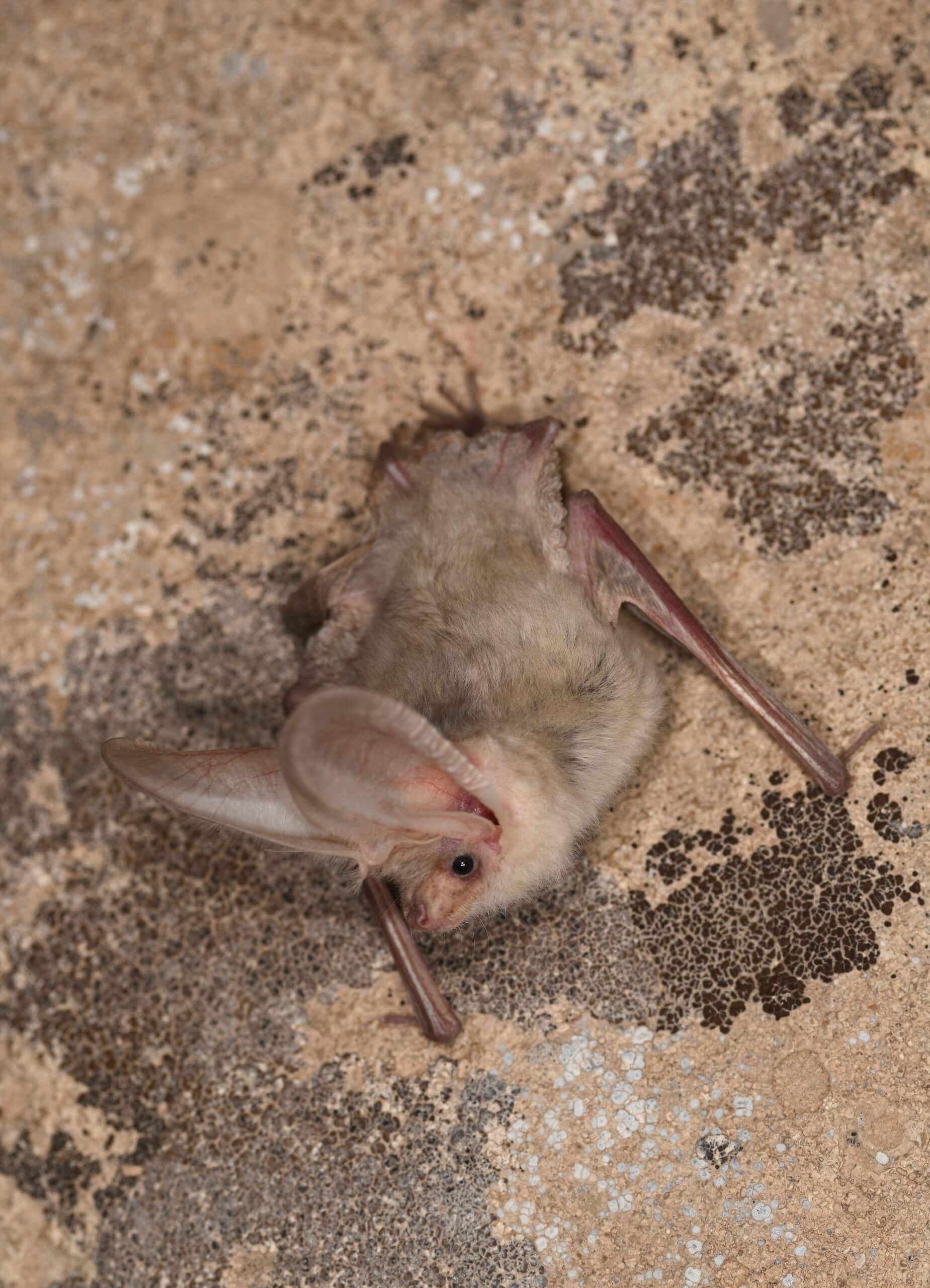After 55 years of silence, the Turkestan long-eared bat (Plecotus turkmenicus) has made an unexpected return. This elusive species, once thought to be extinct, was recently rediscovered in the Karakum Desert of Turkmenistan. A team of international researchers, including experts from the Museum für Naturkunde Berlin, ventured into remote regions, uncovering the first-ever photographs and new sightings of the bat. The rediscovery shines a light on the resilience of nature and offers hope for the conservation of other endangered species.
The Mysterious Disappearance of the Turkestan Long-Eared Bat
For over five decades, the Turkestan long-eared bat had vanished from the radar of scientists. The last known sighting of this species was in 1970, leaving it to be classified as one of the many enigmatic creatures that seemed to have disappeared without a trace. Its absence from scientific records fueled speculation that it might have gone extinct, possibly due to habitat loss or climate change in the Karakum Desert. This was especially concerning because no additional descriptions or photos of the bat had emerged in the years that followed.
In October of this year, however, an international research team decided to investigate this forgotten species. Led by the Museum für Naturkunde Berlin, the team conducted a targeted expedition in Turkmenistan, focusing on historical sites where the bat had once been recorded. Their efforts proved fruitful, as they uncovered a population of the bat in previously unexplored areas, giving hope to the possibility of rediscovering other “lost” species that may still roam the Earth.

The Significance of the Rediscovery: A Glimpse Into the Unknown
The rediscovery of the Turkestan long-eared bat is not just a win for bat conservationists but also for the broader field of biodiversity preservation. Finding the species in the Karakum Desert brings attention to the often-overlooked desert ecosystems, which are typically seen as barren landscapes. However, this area’s harsh conditions are home to a unique range of species that have adapted to survive extreme temperatures and drought.
The researchers were particularly excited by the discovery of two distinct individuals: a young female bat hiding in a crevice at a demolition site and an adult male near a cave close to the Uzbekistan border. These sightings suggest that the Turkestan long-eared bat is not only surviving but possibly even thriving in other regions nearby, such as Uzbekistan. The discovery also opens up new questions about the species’ behavior, reproductive habits, and its ability to endure in a rapidly changing environment.
Image credit: Christian Dietz
Climate Change and Its Role in the Bat’s Decline
The Karakum Desert, home to the Turkestan long-eared bat, is under increasing pressure from climate change. Rising temperatures, coupled with more severe droughts, have led to a reduction in vegetation and water sources, which in turn affects the wildlife that depends on these resources. These shifts in climate are believed to have contributed to the bat’s decline in the region, leading to its earlier absence from scientific observation.
As the desert becomes drier, the bat’s traditional roosting spots, including caves and wells, could become increasingly scarce. This is a reminder of how delicate desert ecosystems can be, where even small shifts in climate can have profound impacts on species that rely on these environments. The rediscovery of the bat highlights the importance of continued monitoring and conservation efforts to protect the species from further threats posed by climate change.


